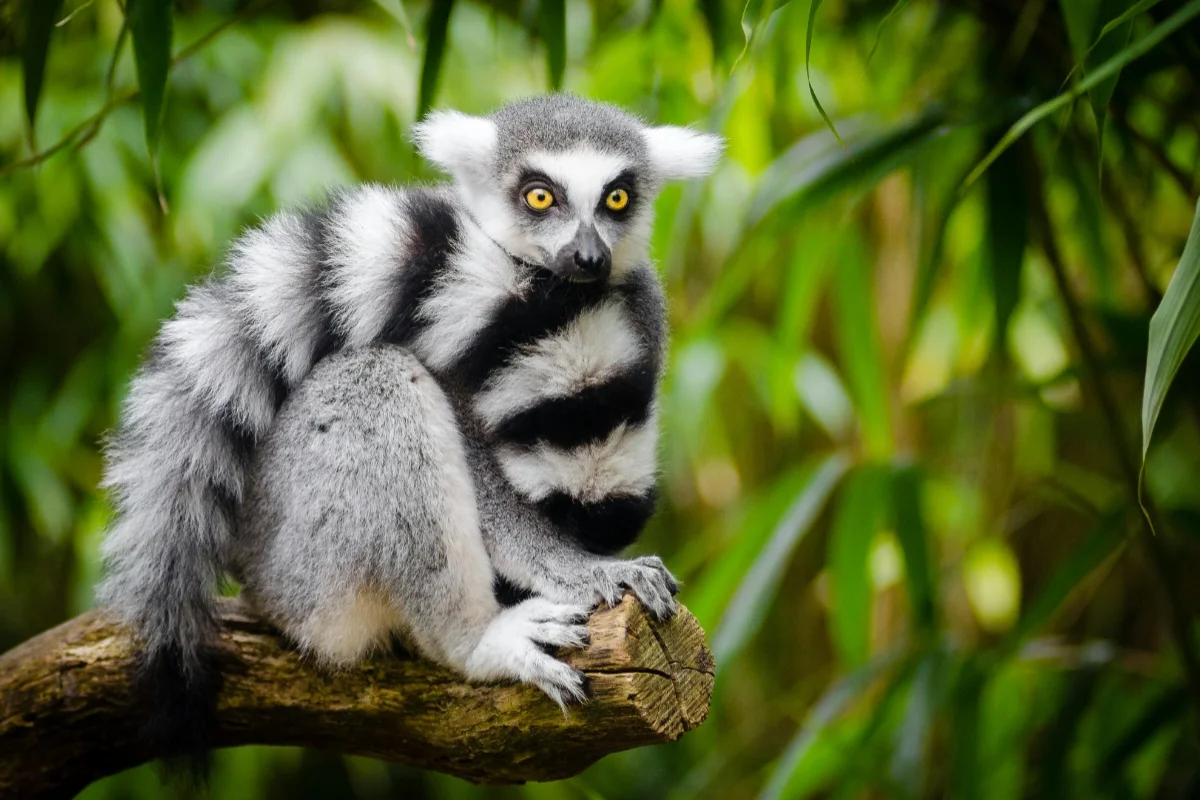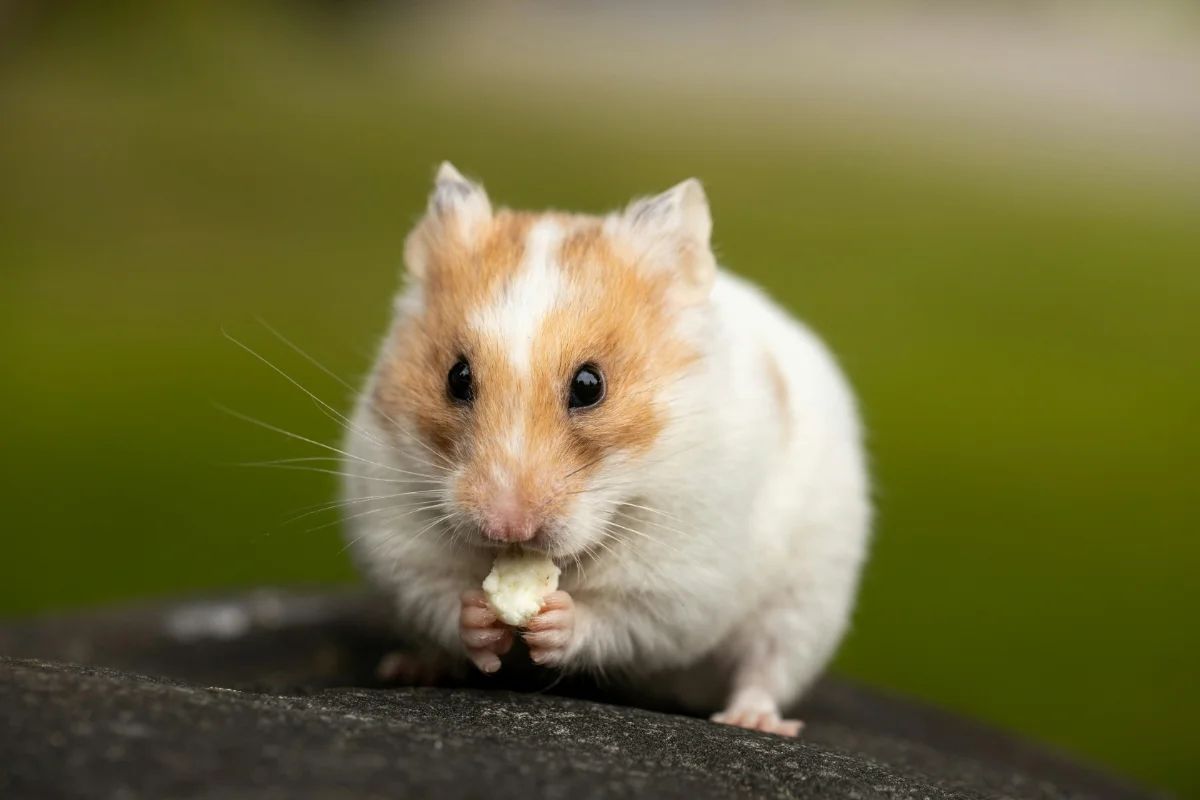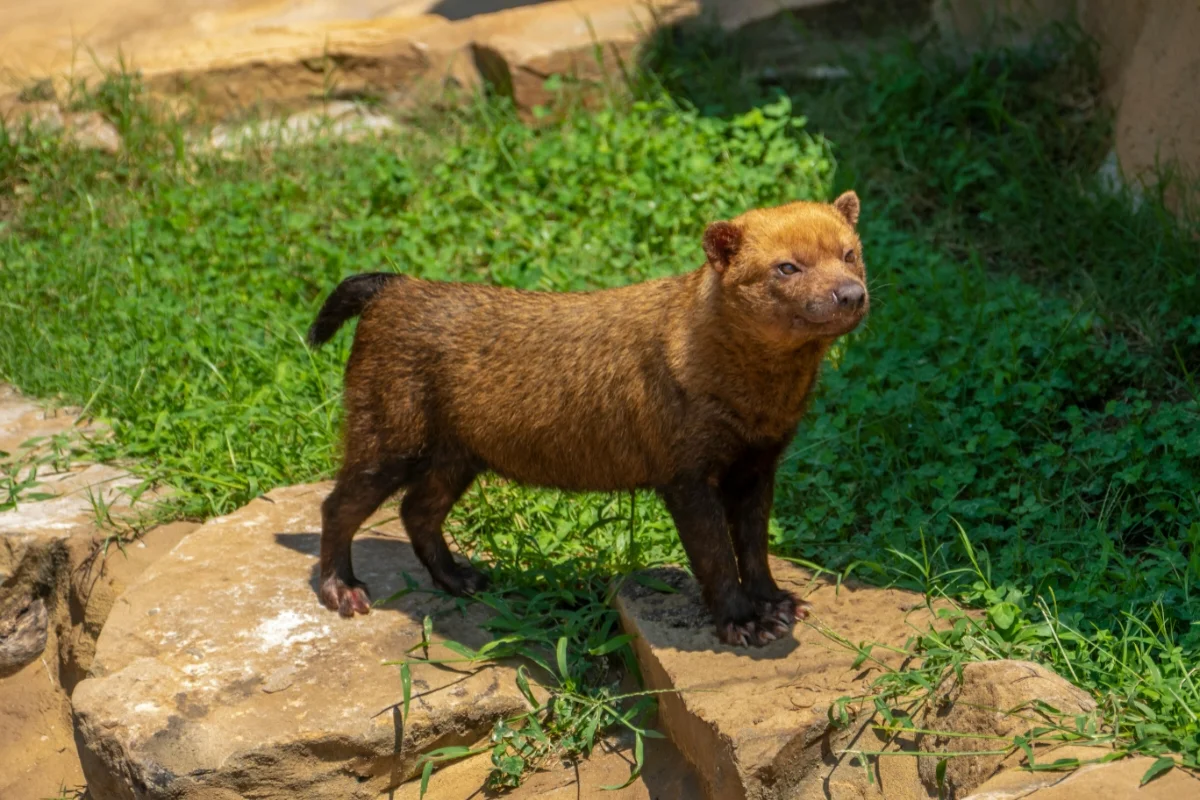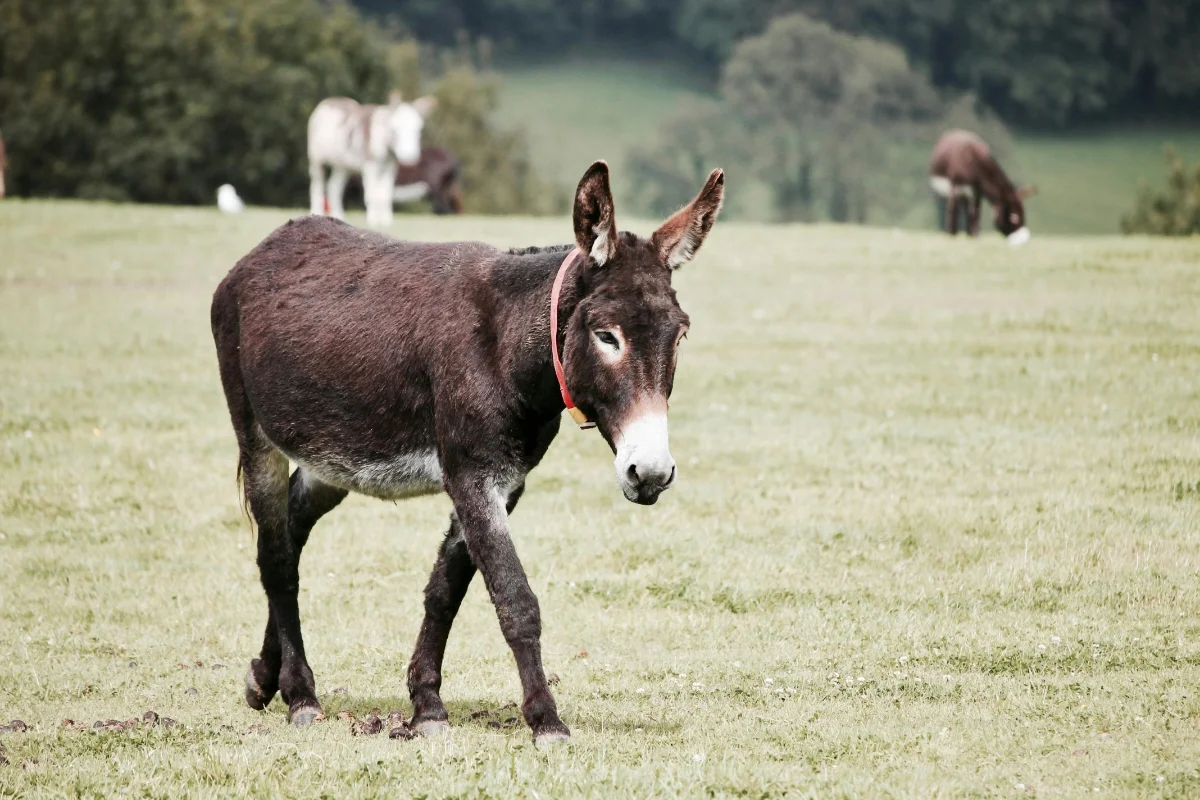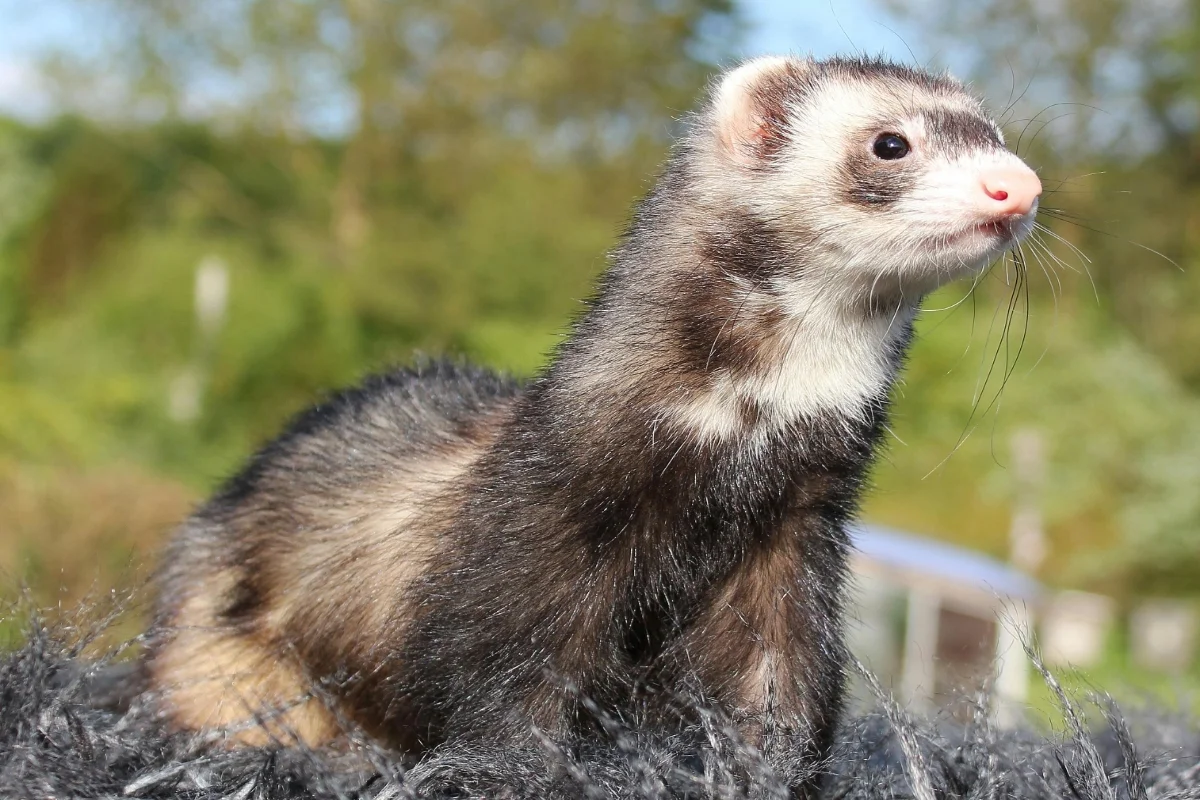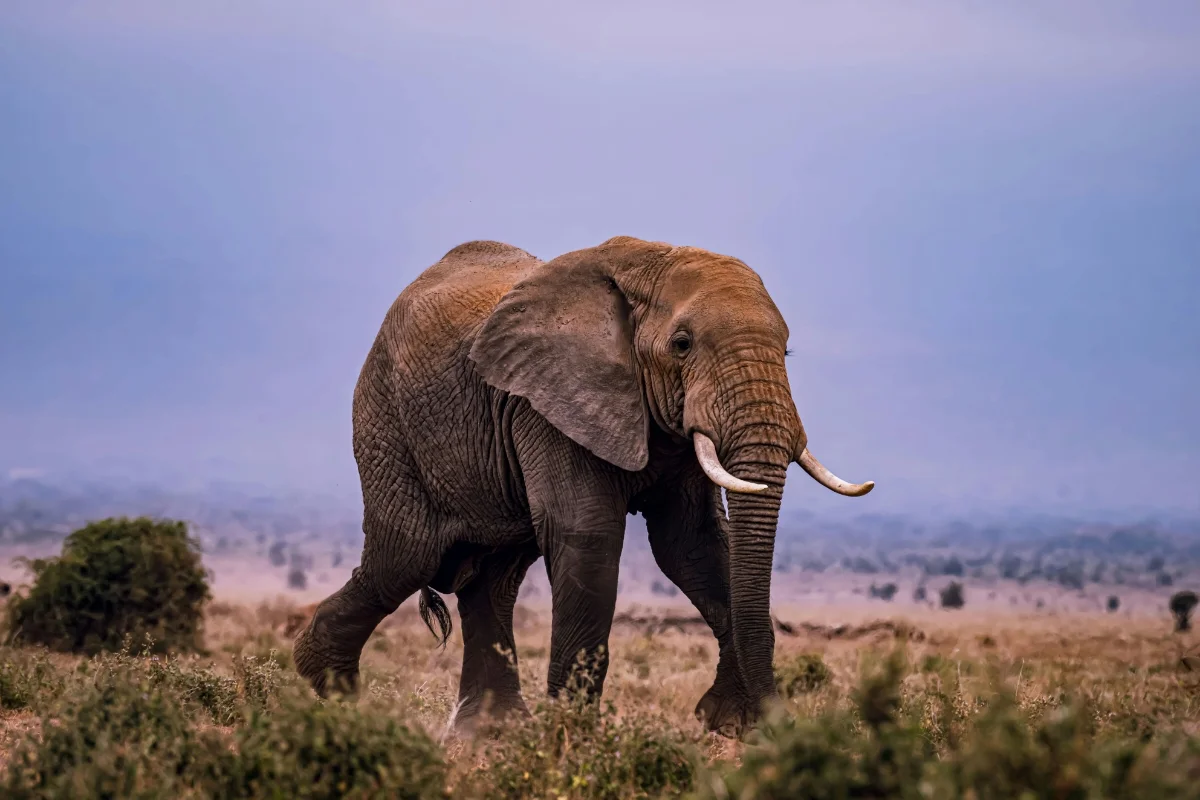Dolphin
Dolphins are intelligent marine mammals found in oceans worldwide. They belong to the family Delphinidae and are known for their playful nature,…
Life Span
20–50 years
Top speed
60 km/h
Size
2–4 meters
Weight
150–650 kg
Dolphins are intelligent marine mammals found in oceans worldwide. They belong to the family Delphinidae and are known for their playful nature, communication skills, and acrobatic abilities. Dolphins live in groups called pods and are highly social, using sounds and body language to interact.
Dolphin Facts Overview
| Size: | 2–4 meters |
| Weight: | 150–650 kg |
| Top Speed: | 60 km/h |
| Food: | Fish, squid |
| Color: | Gray |
| Location: | Oceans worldwide |
| Predators: | Sharks, orcas |
| Lifespan: | 20–50 years |
| Habitat: | Coastal, open sea |
| Gestation: | 12 months |
Description
Dolphins have streamlined bodies, curved dorsal fins, and flippers for swimming. Their skin is smooth and usually gray with lighter undersides. They can grow up to 4 meters long and weigh up to 650 kilograms. Their sleek bodies help them swim fast and jump high above the water’s surface.
Life Cycle
A dolphin’s life cycle begins with birth after a 12-month pregnancy. Newborns, called calves, nurse for up to 18 months. They reach maturity between 5 and 12 years and can live up to 50 years. Dolphins stay in pods throughout their lives, helping each other survive.
Characteristics
Dolphins are smart, social, and playful animals. They have excellent hearing, sharp eyesight, and can swim at speeds up to 60 km/h. Known for their friendly nature, they form strong bonds with each other. Dolphins recognize themselves in mirrors, showing advanced cognitive abilities.

Care
In the wild, dolphins care for their young, protecting them from danger and teaching them how to hunt. In marine facilities, trained professionals monitor their health, diet, and environment. Good care includes enough space, mental stimulation, regular feeding, and social interaction with other dolphins.
Lifespan
The average dolphin lifespan is 20–50 years, depending on species and environment. Wild dolphins face challenges like predators and pollution, while those in marine facilities often live longer due to veterinary care. Bottlenose dolphins typically live about 40 years, while smaller species live shorter lives.
Predators
Dolphins face predators like sharks (tiger, bull, and great white) and killer whales. To protect themselves, they swim in pods and use speed, agility, and teamwork. Injured dolphins or calves are more vulnerable. Human activities like fishing and pollution also pose serious threats.
Habitat
Dolphins live in oceans, seas, and sometimes rivers. They prefer shallow coastal waters but can also be found in deeper waters offshore. Their habitats vary, including warm tropical regions and temperate zones. Freshwater dolphins inhabit rivers like the Amazon and Ganges.
Distribution
Dolphins are distributed globally, found in every ocean except the polar regions. They thrive in the Atlantic, Pacific, and Indian Oceans, as well as the Mediterranean Sea. Freshwater species live in rivers across South America and Asia. Each species adapts to its local environment.

Diet
Dolphins are carnivores, feeding on fish, squid, and crustaceans. They hunt using echolocation to locate prey. Some species work together to herd fish into tight groups. Diets vary by region, with coastal dolphins eating more fish and offshore species consuming squid.
Behavior
Dolphins are playful, curious, and social. They live in pods of up to 20 or more. Behavior includes jumping, surfing waves, and playing with objects. Communication is key, with a variety of sounds and body movements. They help injured members and protect their pod.
Reproduction
Dolphins reproduce through internal fertilization. Females give birth to one calf every 2–3 years after a 12-month pregnancy. The mother helps the calf reach the surface for its first breath. Calves stay close to their mothers for years, learning how to survive in the wild.
Dolphin Scientific Classification
| Kingdom: | Animalia |
| Phylum: | Chordata |
| Class: | Mammalia |
| Order: | Cetacea |
| Family: | Delphinidae |
| Genus: | Tursiops |
| Scientific Name: | Tursiops truncatus |
Animals for You
References
1. Dolphin Wikipedia Article – https://en.wikipedia.org/wiki/Dolphin


